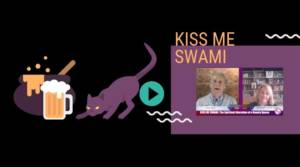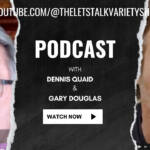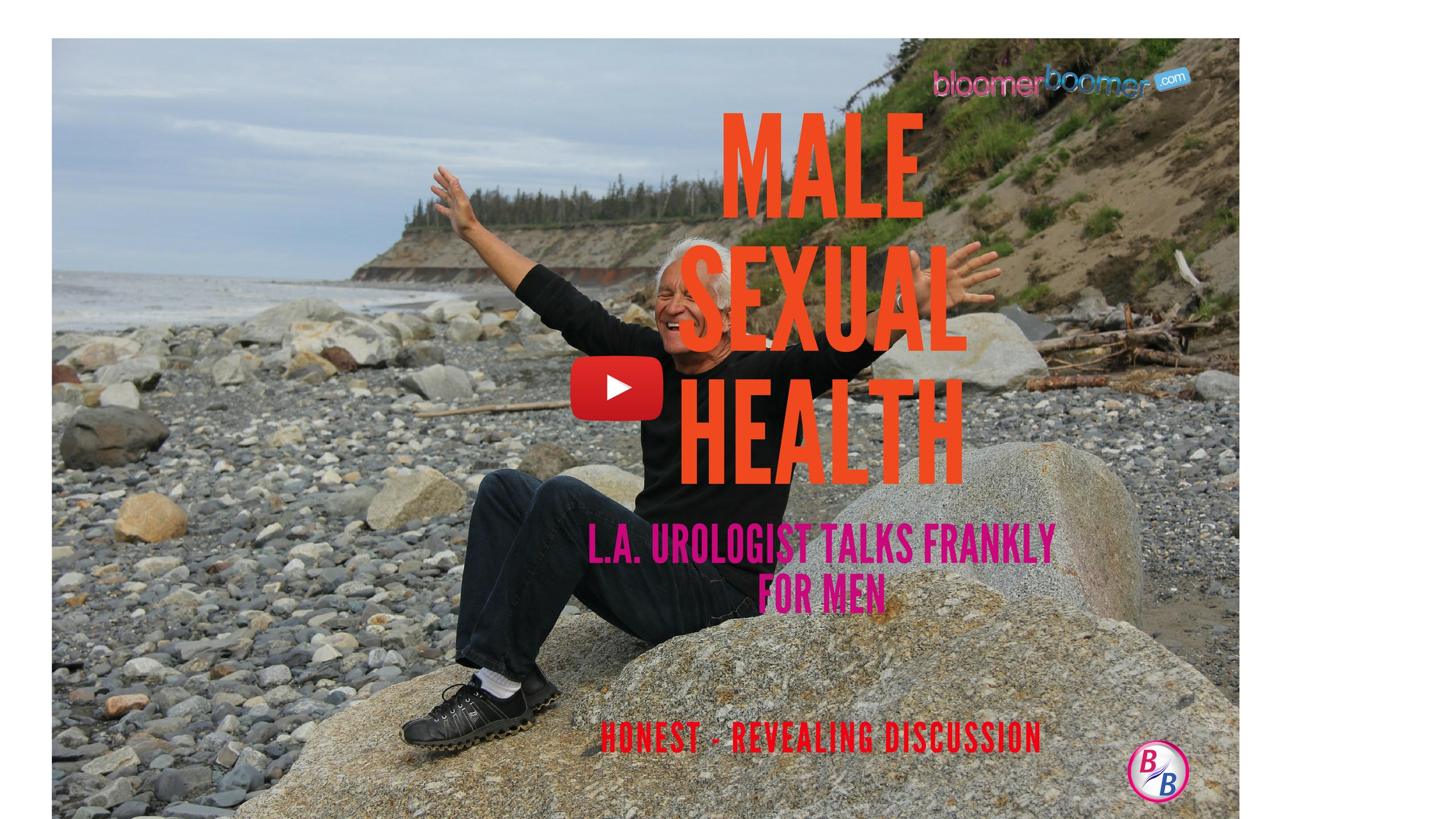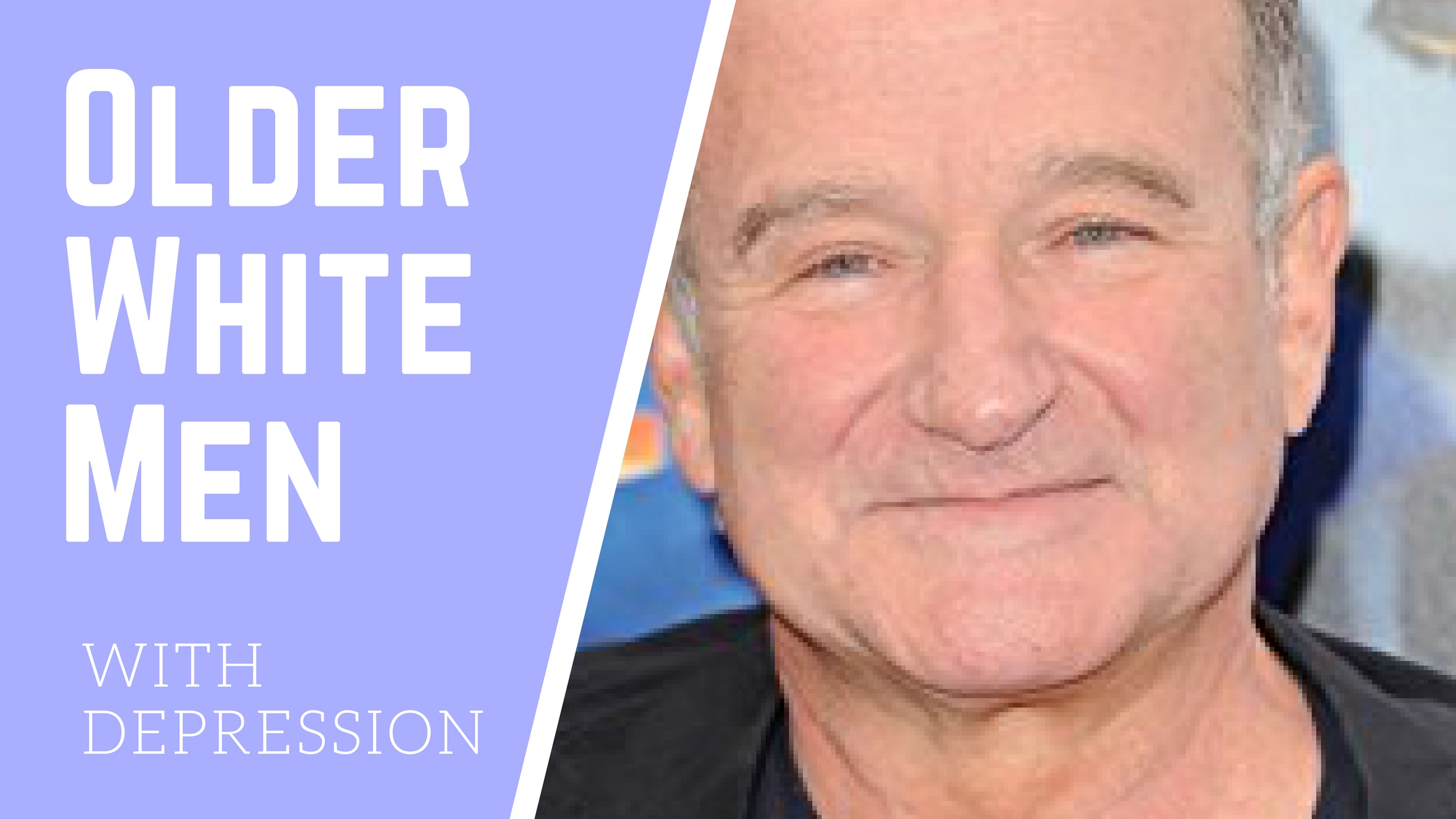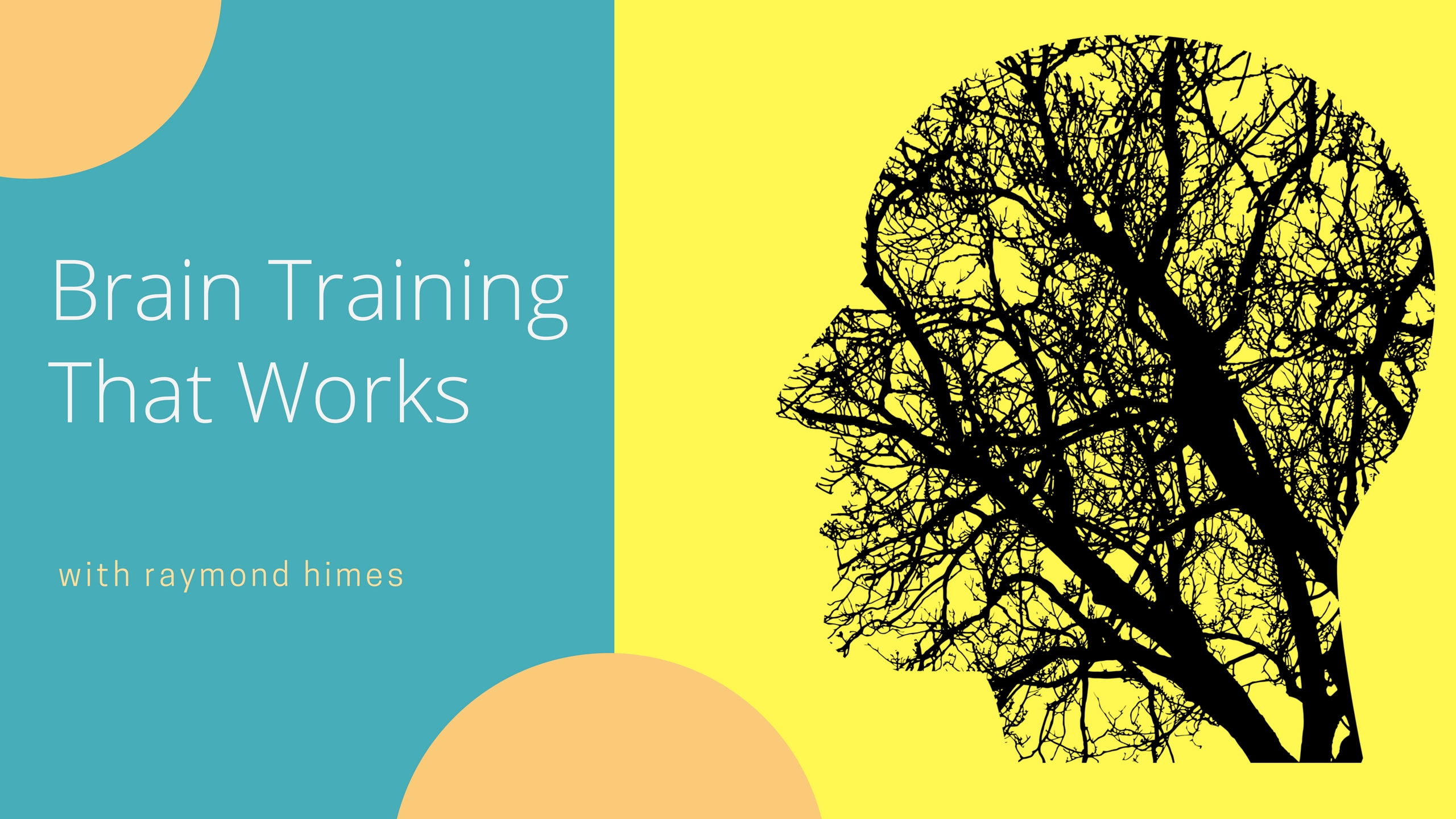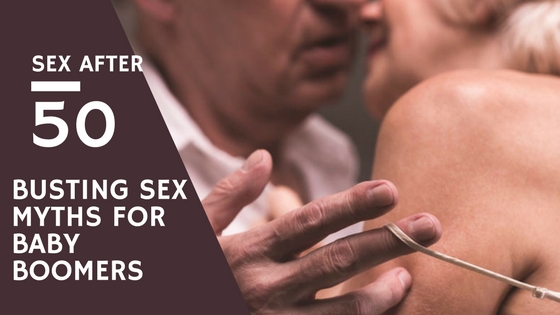Human Rejuvenation and Longevity – Inspired By Nature
 Human Rejuvenation and Longevity – Inspired By Nature
Human Rejuvenation and Longevity – Inspired By Nature
By Ira S. Pastor
Introduction
We currently live on a planet with many organisms which from a health and wellness perspective are much further advanced than human beings.
Many lower organisms (i.e. amphibians, planarians) can replace lost or damaged organs and tissues that are identical in both structure and function to the original, effortlessly regenerating a wide variety of tissues, including spinal cords, limbs, hearts, eyes, and even large segments of their brains.
In a similar fashion, many of these same species possess fascinating skills for repairing and reversing cellular and genetic damage. Cancer, as an example, is found to be extremely rare in species displaying an efficient regenerative mechanism, even under the action of potent carcinogens. In many cases, when cancer does occur, tumors have been found to spontaneously remodel and integrate into their surroundings as normal, healthy tissue.
Some of these organisms don’t age and exhibit “negligible senescence”. Some can age, and then return to a youthful state later on in life. Some can even die, and be re-born.
Needless to say, humans are extremely weak when it comes to accomplishing any of these feats, and unfortunately, the outcomes are very different. In most instances, the structure or function of an organ will not be restored after complex tissue damage in humans, and is often replaced by non-functional scar tissues. Additionally, while humans do possess robust DNA repair mechanisms that protect them from daily external and internal damage, these capabilities are diminished substantially over time as we age.
Extensive study into the rejuvenation, regeneration, and repair mechanisms of non-human species have found them to be intricately connected to an underlying capability to “turn back the biologic clock” and start time over in a selective, targeted manner.
The ability to tap into and mimic these capabilities with novel bio-products, in human beings, will offer potential solutions to a wide range of disorders responsible for human aging, degeneration, suffering, and death.
The Market Opportunity
We recently surpassed US$7 trillion in total annual healthcare expenditures around the globe, close to a US$1 trillion of which was spent on pharmaceutical products alone. An additional US$200 billion is spent globally, annually on new life science research and development.
Despite these incredible financial dynamics, we witnessed a rise in the prevalence of almost all chronic degenerative diseases responsible for human suffering and death, as well as an on-going growth and aging of the population.
The majority of the aforementioned $7 trillion, is focused on the treatment of patients that have diseases with either an underlying cellular degeneration (i.e. Alzheimer’s, Congestive Heart Failure, Parkinson’s, Type I Diabetes,) or cellular damage (i.e. Auto-Immune Diseases, Cancer, Chronic Inflammation and Pain, Fibrotic Disorders) component to them.
Unfortunately, the current therapeutic tools used to address these needs, including organ transplantation, traditional single target pharmaceuticals, and, more recently, stem cell therapies, fall very short of actual cures.
Organ transplantation is limited by a substantial and growing donor gap. Traditional pharmaceuticals, while capable of interfering and slowing down degenerative processes, can do little to reverse damage once it has occurred, and typically only target the late-appearing symptoms of disease, as opposed to the biological factors that cause disease. Even the evolving stem cell space, seen as a “holy grail” just a few years ago, is running into many technical and efficacy related challenges which will substantially limit the potential of the market for these replacement therapies.
The whole system requires new approaches and new thinking to correct the problem, and the natural world may hold important clues for us to follow.
Opportunities to Learn from Nature
Throughout the 20th century, natural products (primarily those from plants, fungi, and bacteria) formed the basis for a majority of all pharmaceuticals, biologics, and consumer healthcare products used by patients around the globe, generating trillions of dollars of wealth.
However, many scientists believe we have only touched the surface of what the natural world, and its range of organisms, which from a health and wellness perspective are much further advanced than human beings, has to teach us.
Lately, novel research disciplines, including “interkingdom signaling” and “semiochemical communication”, the respective abilities of one species living signals to affect the genome of another, not to mention in-depth study of the microbiome and virome, are highlighting entirely new ways that non-human bio-products can affect the human genome for positive transitions in health and wellness.
Merging a 21st century, “convergent” knowledge base of regenerative biology, evolutionary genomics, and biopharmaceutical development, offers us new guidance to understand how our non-human friends in nature are so successful in warding off disease and degeneration, and eventual clues to how humans can achieve the same outcomes, and perhaps even move beyond.
Clues from Regenerative Biology
Regenerative biology, is the integrated discipline that studies genomes, cells, organisms, and even their ecosystems, and finds out what makes them resilient to natural fluctuations, or events that cause disturbance or damage, allowing for proper renewal, restoration, and growth.
Of the five major classes of regeneration (i.e. physiologic turnover, hypertrophy, wound healing, epimorphosis, morphallaxis), humans possess the first three.
However, when it comes to epimorphosis and morphallaxis, which represent higher order, complex organ, limb and body segment regeneration, primarily seen in amphibians and lower invertebrates, humans possess no such capabilities in our fully developed state. During such highly complex regeneration process, cells that remain in the damaged or diseased body region have their functional history literally erased, re-starting their life over again along a defined developmental pattern.
Nature has developed very reliable methods for biologically “turning back the biological clock” and “starting over” in a controlled fashion that benefits the underlying organism, and these learnings can be leveraged for human health and wellness.
Combinatorial Biologics
One area that our company, Bioquark Inc. has been working on the past few years, is that of “combinatorial biologics”, focused on novel combination biochemistries, and applying them for the induction of complex regeneration and repair.
While the therapeutic targets for combinatorial biologics we feel are quite broad in scope, Bioquark is focusing to generating human clinical data in discreet disease indications that represent areas of substantial unmet medical need.
These include the formerly mentioned cancer reversion opportunity, as well organ repair/regeneration programs.
The Future?
Whether we are talking about the 100,000 people who die daily from age related ailments, or the 50,000 that die from acute traumas, it is well within the intellectual capacity of humans to solve these problems of disease, degeneration, and death.
But we must truly think “outside the box”, and not fall into the traps set by the traditional pharmaceutical industry, its regulators, and the century old model of drug development which has truly run into a brick wall.
There is a reason that microbes, and plants, and invertebrates, and amphibians, have survived for many hundreds of millions to billions of years on this planet, and developed their own unique answers to many of the problems that plague humanity.
Nature has shown us the way; we must now follow her lead.
Ira S. Pastor CEO Bioquark Inc.








